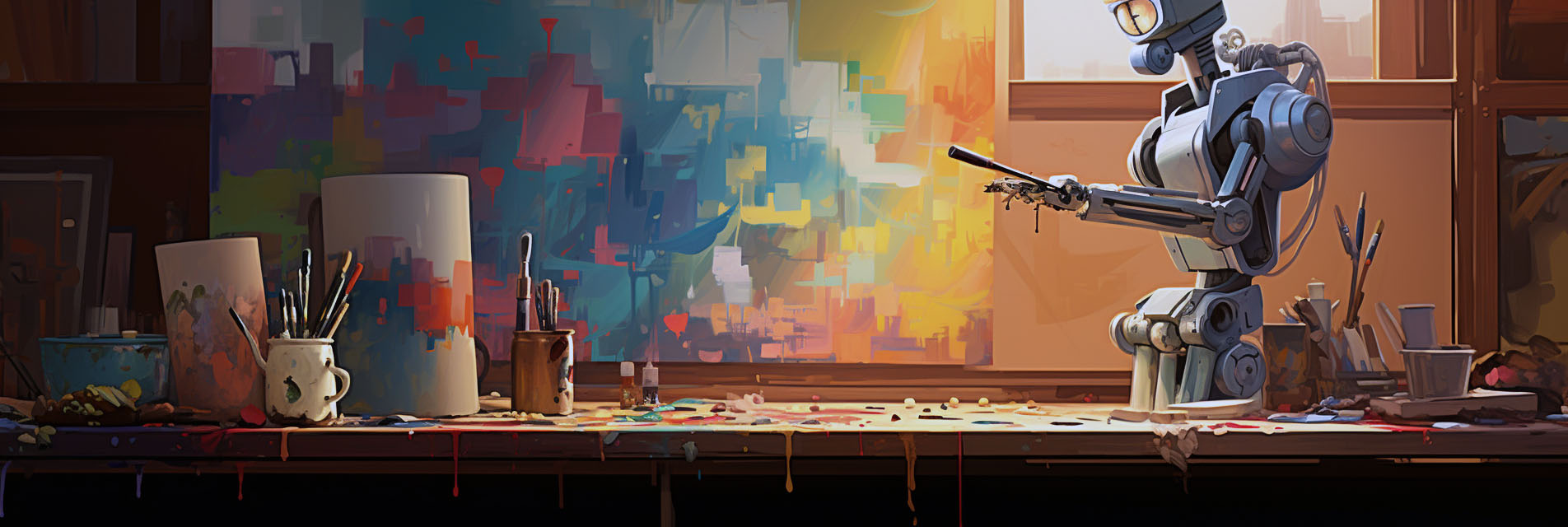Computer art

Computer art refers to art made using computers as a creative or presentational tool. The term emerged in the 1960s after the introduction of early computer graphics software and creative programming languages. Computer art encompasses a wide range of digital art practices including algorithmic art, computer animation, interactive art, and generative art.
Key forms of computer art include:
- Algorithmic art - Art generated using algorithms and computer code
- Digital painting/illustration - Creating raster or vector graphics digitally
- 3D rendering - Computer-generated 3D visualizations and environments
- Interactive art - Art with responsive, participatory elements
- Computer animation - Digital animation and motion graphics
- Glitch art - Aestheticizing errors or corruptions of digital data
- Video game art - Artistic computer game visuals and environments
Noteworthy pioneers of computer art include Georg Nees, Frieder Nake, John Whitney, Manfred Mohr, Vera Molnár, Lillian Schwartz, and Charles Csuri. Computer art emerged through experiments in computer programming at universities and art schools in the 1960s.
Computer art demonstrates new mediums made possible by digital technology. It explores the creative potential and limitations of computation. Computer art intersects with areas like generative art, new media art, and electronic art.
See also: